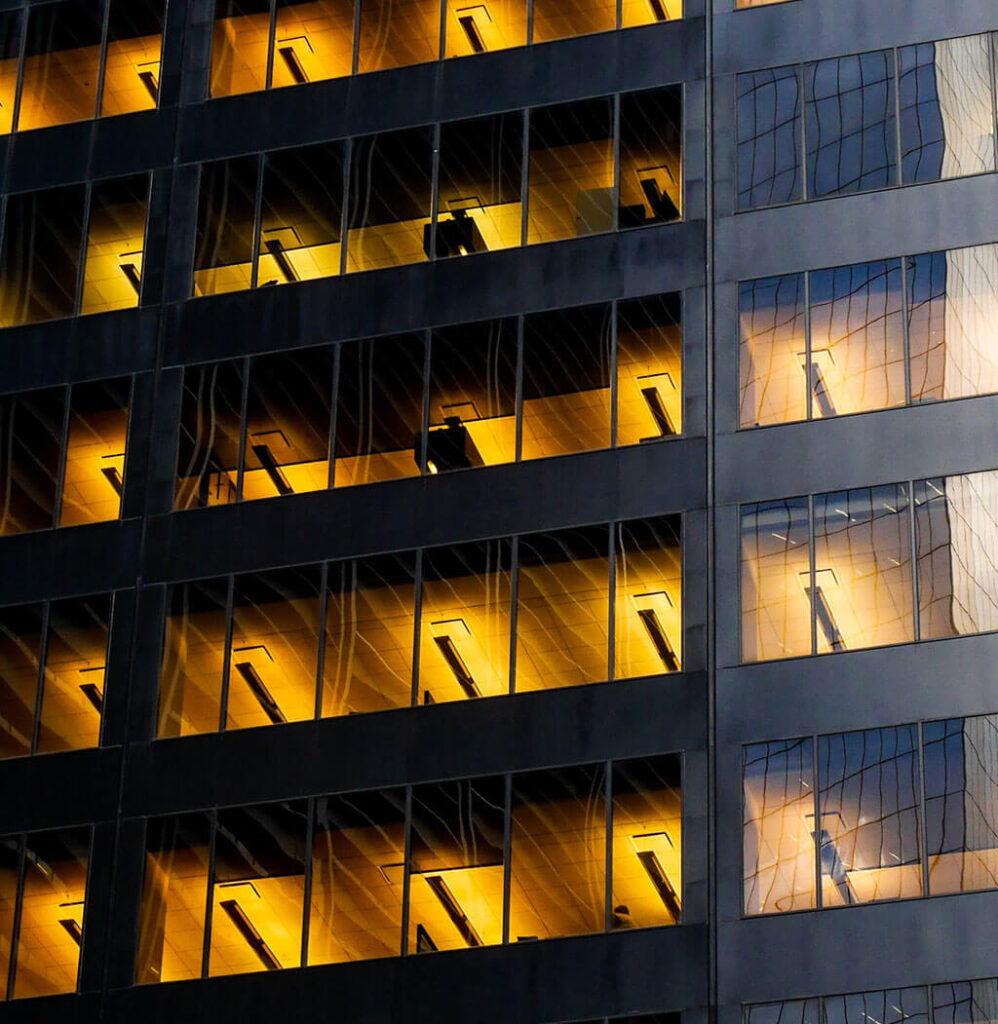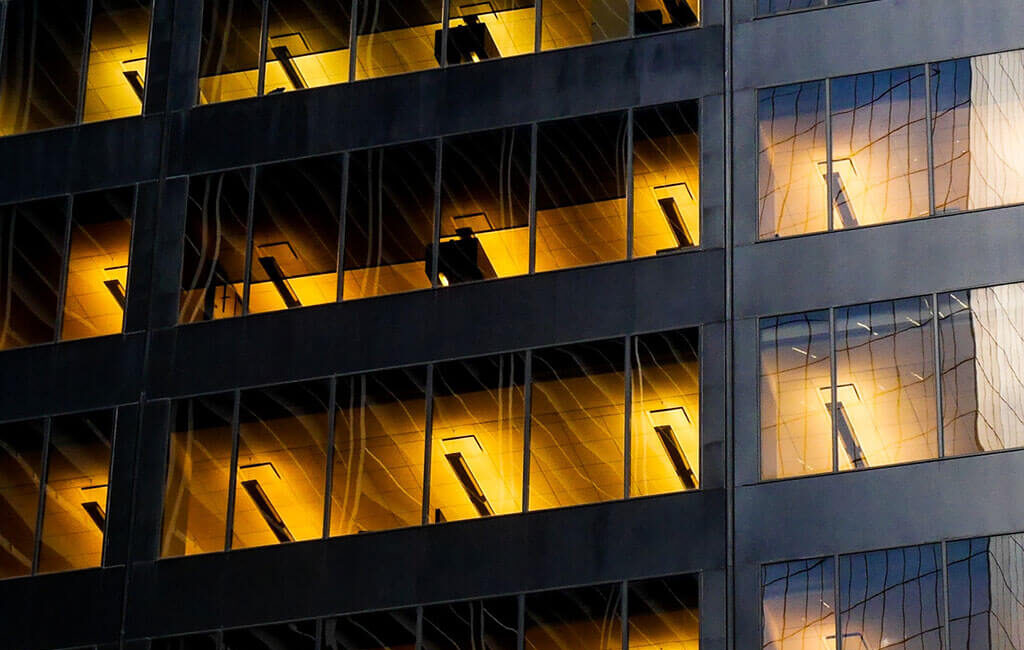Solar passive architecture refers to the design and construction of buildings that utilize the natural elements of the sun to achieve heating, cooling, and lighting without the need for mechanical or electrical systems. Here’s a brief overview:
- Harnessing Solar Energy: Solar passive architecture aims to maximize the use of solar energy by orienting buildings to capture sunlight effectively. This includes positioning windows, doors, and other openings to optimize solar gain during the winter months while minimizing it during the summer.
- Natural Ventilation: Designing buildings with proper ventilation pathways allows for the natural flow of air, helping to regulate indoor temperatures and improve air quality. Features such as operable windows, vents, and thermal chimneys facilitate this process.
- Thermal Mass: Incorporating materials with high thermal mass, such as concrete or masonry, helps to absorb and store solar heat during the day and release it slowly at night, maintaining a more stable indoor temperature.
- Shading Devices: External shading devices such as overhangs, louvers, and awnings can prevent excessive solar radiation from entering the building during hot periods, reducing the need for artificial cooling.
- Insulation: Effective insulation in walls, floors, and roofs helps to minimize heat transfer, keeping interiors comfortable and reducing the need for heating or cooling.
- Daylighting: Maximizing natural daylight through strategic placement of windows, skylights, and light wells not only reduces the need for artificial lighting but also enhances occupants’ well-being and productivity.
- Passive Solar Heating and Cooling: By leveraging the principles of solar gain, thermal mass, and natural ventilation, passive solar heating and cooling systems can significantly reduce reliance on mechanical heating and cooling systems, leading to energy savings and environmental benefits.
Overall, solar passive architecture prioritizes sustainability, energy efficiency, and occupant comfort by working in harmony with the surrounding environment and utilizing renewable energy sources.

- Orientation and Layout: Buildings are carefully oriented and laid out to take advantage of the sun’s path throughout the day and seasons. This includes positioning windows, walls, and roof angles to optimize solar exposure for heating, cooling, and daylighting.
- Passive Solar Heating: Design features such as large south-facing windows, thermal mass materials (like concrete or stone), and insulation help absorb and store solar heat during the day. This stored heat is then released slowly at night, reducing the need for mechanical heating systems.
- Natural Ventilation: Cross-ventilation, stack effect, and wind catchers are used to promote natural airflow and cooling within the building. Operable windows, vents, and clerestory openings allow for the exchange of fresh air, reducing reliance on air conditioning.
- Shading Strategies: External shading devices, such as overhangs, awnings, and louvers, are strategically placed to block direct sunlight during the hottest parts of the day while allowing in natural light. This helps to minimize solar heat gain and reduce cooling loads.
- Daylighting: Designing spaces to maximize natural daylight penetration reduces the need for artificial lighting during the day. Light shelves, skylights, and reflective surfaces are employed to distribute daylight evenly and minimize glare.
- Thermal Comfort: Solar passive design aims to create spaces that maintain thermal comfort year-round, utilizing passive strategies to mitigate temperature extremes and provide a more stable indoor environment.
- Energy Efficiency: By harnessing the free and abundant energy of the sun, solar passive buildings typically have lower energy consumption and operating costs compared to conventional buildings. This contributes to sustainability and reduces greenhouse gas emissions.

